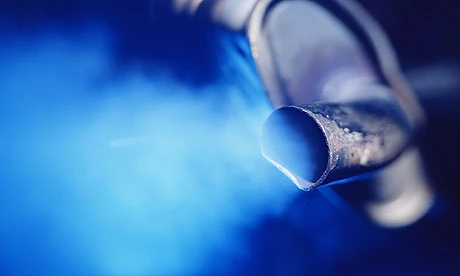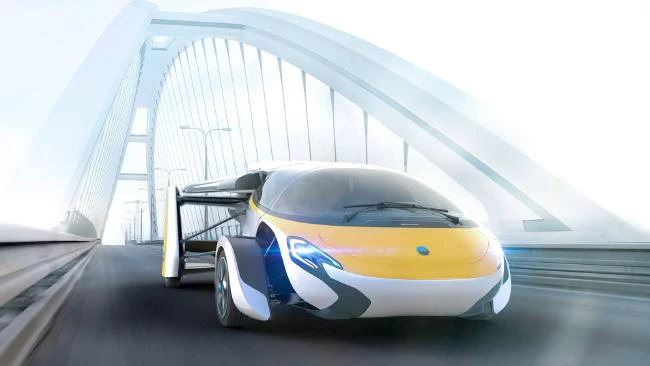Auto Industry News – Q2 2017
We review all the major news events in the automotive industry from the second quarter of 2017.

Sales and Manufacturing
As local auto makers prepare to bow out, both the Victorian government and Federal government have belatedly given the local manufacturing scene a boost in the arm. This comes courtesy of $90m funding and a separate $100mfund respectively. The news would have been immaterial according to the likes of Holden, who claim that despite a second consecutive year of profits, manufacturing cars locally would have been unsustainable. Toyota felt the pain of its local restructure though, as its profits slumped. Ford on the other hand have turned their attention towards the future, including autonomous vehicles and ride sharing services.
On the sales front, compact light hatchbacks continue to lose momentum against SUVs, while sales for diesel passenger vehicles are now approximately half of what they were in 2008. Elsewhere, Mazda was named the most reputable car company in Australia, followed by Toyota and Hyundai.
Ending the quarter, Japan’s auto parts business Takata, who were embroiled in a longstanding controversy surrounding faulty airbags, filed for bankruptcy. With enormous liabilities exceeding 1.7 trillion yen, Key Safety Systems looks set to pounce and acquire the company.
Safety and Environment
Data was released showing Aussie motorists are producing up to 50% more emissions than drivers in European cities, while the quality of our fuel ranks 66th in the world. The UK has responded by making a push to reduce diesel vehicle sales and lower pollution, although Australia looks set to defy this trend as SUV diesel car sales soar. Manufacturers’ actions could define the battle though, with the likes of Volvo signalling they don’t intend to continue producing diesel vehicles in the future.
In other news, for the second time this year an enormous haul of counterfeit car parts were intercepted in the UAE. The batch included fake brake pads and head gasket kits, with some of the parts believed to have been on route to Australia.

Technology
In the fuel technology sector, things continue to advance. Locally, a report by the National Transport Commission identified fuel efficiency improvements in light vehicles during 2016 were the slowest in 10 years. Furthermore, findings also suggested that Australian motorists continue to move towards larger cars, as green vehicles took a backwards step in terms of the proportion of new cars sold.
The sector could be shaken up however, following a discovery at the UNSW which identified “a cheap way of generating hydrogen from water”. The discovery is leading some to predict the viability of the fuel technology and its local prospects have increased. Whether hydrogen or electricity become the new incumbent(s) remains to be seen, but UBS is tipping electric vehicle prices to approach those of petrol powered vehicles as early as next year, now that worldwide sales have tipped 2m vehicles.
Meanwhile, Roads Australia weighed in about the future of autonomous vehicles, predicting “every new vehicle sold in Australia within 10 years will be driverless”. Further abroad, but still in the self-driving segment, Apple received a testing permit for its driverless technology. Additionally, Google clocked up 1 million kilometres of autonomous vehicle driving including real world tests via an early rider program. Google’s milestone is expected to place it well ahead of any other manufacturers in this area, while also experiencing substantially lower failure rates.
With that said, one US study is suggesting we might move away from owning vehicles as driverless technology is introduced. Even more of interest, some have already started to turn their attention towards the next big potential technology, flying vehicles – something that Uber appear to be keen to get in on.
As for other technical developments, Mazda Australia was spruiking its autonomous emergency braking system as a “safety standard revolution” following its introduction across a wide variety of the auto maker’s vehicle range. Toyota is working on technology that would identify drivers experiencing a heart attack, and safely pull their car over. Last but not least, Apple announced that it will release a system update later this year featuring a “do not disturb” function that comes into effect when it detects someone is driving.

Legal and Regulatory Issues
Vehicle emissions continued to be a sticking point for various stakeholders during the quarter. After moves from Paris and London to address emissions testing, the AAA began to press the Australian Government to do more on the issue – as well as further road safety funding. BMW Australia also contributed to the broader topic, taking a swipe at our politicians for failing to promote low emission vehicles such as electric cars. On a related point, the Electric Vehicle Council was launched in Canberra and provided a $400k grant.
Even though Volkswagen set out at the beginning of the year to address its affected vehicles in the local market, the manufacturer drew the ire of many Australian motorists for its software upgrades.
As has been customary for some time now, the diesel emissions scandal engulfed other parties. This time, authorities took action against Fiat and Mercedes Benz over concerns they have been caught up in their own emissions scandals.
Finally, as the focus on autonomous driving gathers steam, ANCAP put forward the suggestion that road laws should be nationalised to facilitate the integration of the technology. Moves to do so would follow the likes of Germany, where laws have been passed to approve self driving vehicles.